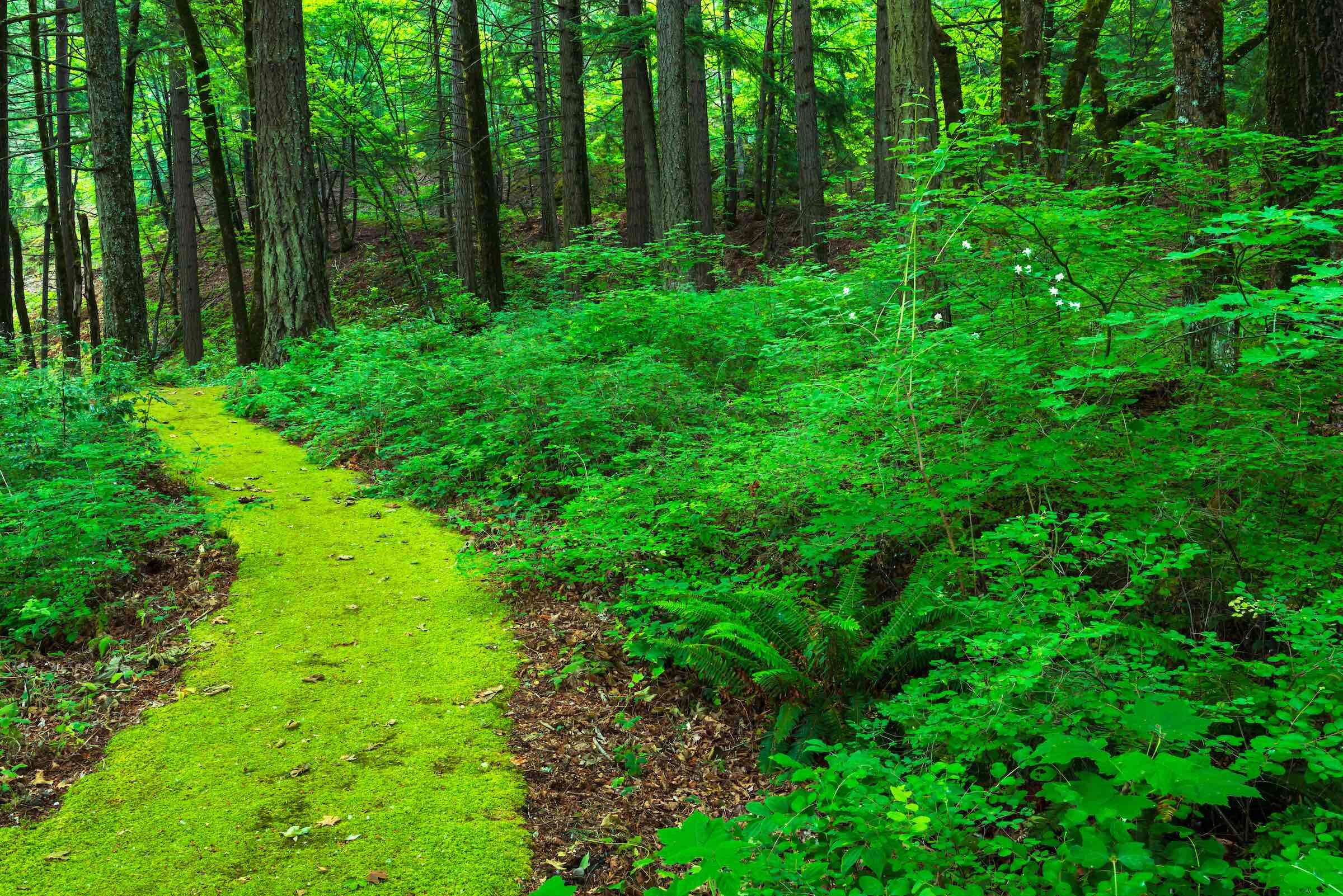10 fun things for kids to do on a walk
/July is a fantastic time for kids to be outdoors. Flowers are popping. Trees are leafy green. Birds are feeding their babies. Bugs are about. Beaches are teaming with sand creatures. All it takes is a short walk through your neighborhood to heighten any child’s curiosity. Step it up a notch with a beach or trail walk and watch them blossom.
We’ve witnessed our granddaughter’s natural curiosity many times. When we walk to a park near our home her enthusiasm is delightful and contagious. The natural world becomes magical to her. She skips along the dirt trails, hops on the footpaths, and runs through grassy fields. She notices so much, interacting, exploring and asking questions about everything.
I probably don’t need to write about how it is incredibly important for kids to get more exposure to our natural world. Much has been researched and written about the effect our digital age is having on children. In the end, it’s up to us to foster and encourage their interaction with nature. They need not go far to explore. Your neighborhood, or nearby park are perfect places to introduce kids to our natural world. Kids can discover birds, spiders, soil, trees, creeks, mushrooms, flowers, raccoons, woodpeckers, owls, and much, much more on their nature walks.
Below is a list of 10 things for kids to do on a nature walk. It’s meant to be a springboard of ideas for them and can be customized in many ways. Plus, the list is adaptable to all ages including adults! Happy summer walking! (Please note: Since we are still in the middle of a pandemic, you can still enjoy these nature walks by practicing safe physical distancing.)
Nature is full of surprises. Notice something that you think is really cool on your walk and keep it a secret until you get home. Then share it with your walking buddies and/or your family. Keep a list of your nature surprises from all of your walks and look for a new surprise every time.
Look up. Write down what you see. Where is the sun in the sky? What’s flying around? Can you spot a dragonfly? Do you see birds in trees? What are the shapes of the clouds?
What’s that drumming sound? It could be a woodpecker. Along your walk listen and look for clues. Old dead tree trunks with lots of holes are a sign that woodpeckers live nearby. The drumming or tapping sound is another clue. That’s the sound they make when pecking holes in trees to eat bugs. Follow the sound and look up. You can often see woodpeckers near the tops of trees and utility poles.
Go on a scavenger hunt. Ask an adult to make a list of things to find in your neighborhood such as a pinecone, yellow leaf, white rock, robin, seed pod, grasshopper, red flower, slug, or squirrel. Anything from nature works. Take a bag to collect your objects and if you can’t bring it home, snap a photo for documentation.
Be a mini-naturalist. Put your curiosity hat on. Take binoculars, a magnifying glass, and a notebook to explore and discover what lives along your walk. Describe what you see with as much detail as possible. What is it? Where does it live? What colors do you see? What is it doing? Does it make any sounds? How does it move in the world? Crawl, fly, jump? You might want to draw a picture. It could be anything. A bug, squirrel, or bird. It’s a jungle out there!
Become a bird watcher. Borrow some binoculars to look for birds in trees, bushes, and on the ground. See if you can identify different types of birds. Common neighborhood birds include, robins, towhees, crows, finches, chickadees, juncos, and wrens.
Notice the signs of summer. Flowers blooming, birds singing, and sunshine. Write everything down from your walk that makes it summer. Then when fall comes take the exact same walk and notice the differences. Do this for winter and spring, too. Make comparisons between the different seasons. Decide which season is your favorite.
Look for butterflies. Count how many you see. What colors are their wings. Try to remember what they look like so you can look them up at home during your screen time. Maybe you can even get extra screen time for this butterfly walk!
Find out what’s hiding under rocks or logs. Maybe a frog, snail, or spider. Use a magnifying glass or flashlight to get a closer look. Remember to be gentle and put the log or rock back the way you found it. This is really fun when you are at the beach looking for sand critters like snails, hermit crabs and sea anemones.
Explore a creek. Is there a nearby creek you can walk to? They are fascinating. Notice as many details as you can. Put a leaf in the creek to see which way the water is flowing. Is there anything growing or living in the creek? Maybe tiny fish and frogs. Is it filled with rocks, logs, or sand? Notice as many details as you can.
For more fun with kids read:
Things to do at home with kids
How to make your own bird suet










